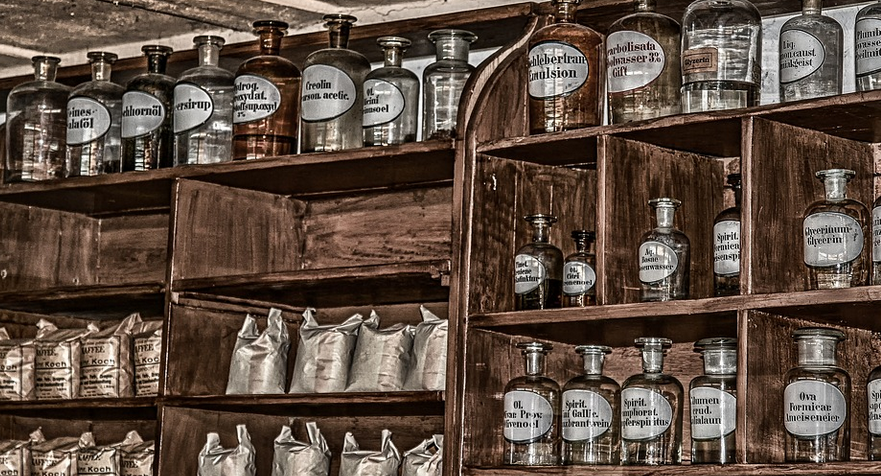Introduction
Superoxol internal bleaching technique is a popular method used to whiten discolored teeth. This technique involves the use of hydrogen peroxide to remove stains from the inside of the tooth. It is a safe and effective way to enhance the appearance of your teeth and boost your confidence. In this article, we will discuss everything you need to know about the superoxol internal bleaching technique.
What Causes Tooth Discoloration?
Before we dive into the details of the superoxol internal bleaching technique, it is important to understand the causes of tooth discoloration. There are several factors that can lead to tooth staining, including:
- Consuming dark-colored beverages, such as coffee, tea, and red wine
- Smoking or using tobacco products
- Taking certain medications, such as tetracycline antibiotics
- Aging
- Genetics
How Does Superoxol Internal Bleaching Technique Work?
The superoxol internal bleaching technique involves applying a high concentration of hydrogen peroxide inside the tooth to remove stains. The hydrogen peroxide is placed inside the tooth and left in place for a certain amount of time. The oxygen molecules in the hydrogen peroxide penetrate the enamel and dentin, breaking down the stain molecules and leaving the tooth looking whiter and brighter.
The Procedure
The superoxol internal bleaching technique is a simple procedure that can be completed in one or two visits to the dentist. Here are the steps involved in the procedure:
- The dentist will examine your teeth to determine if you are a good candidate for the superoxol internal bleaching technique. They will also take x-rays to ensure that there are no underlying issues that could affect the procedure.
- The dentist will numb the area around the tooth to be bleached to ensure that you are comfortable during the procedure.
- A small hole is drilled into the tooth to allow access to the pulp chamber.
- The dentist will place the superoxol solution inside the tooth and leave it in place for a certain amount of time.
- After the time has elapsed, the superoxol solution is removed and the tooth is rinsed thoroughly.
- The dentist will fill the hole with a temporary filling material to protect the tooth.
- You will be instructed to avoid consuming dark-colored beverages and foods for a few days after the procedure to prevent staining.
- You will return to the dentist in a few days to have the temporary filling removed and replaced with a permanent filling.
Risks and Side Effects
As with any dental procedure, there are some risks and side effects associated with the superoxol internal bleaching technique. These include:
- Tooth sensitivity
- Gum irritation
- Infection
- Root resorption
It is important to discuss these risks with your dentist before undergoing the procedure.
Aftercare
After the superoxol internal bleaching technique, it is important to take good care of your teeth to maintain the results. Here are some tips to keep your teeth looking their best:
- Brush your teeth twice a day with a fluoride toothpaste.
- Floss daily to remove plaque and food particles from between your teeth.
- Avoid consuming dark-colored beverages and foods.
- Visit your dentist regularly for cleanings and checkups.
Conclusion
The superoxol internal bleaching technique is a safe and effective way to whiten discolored teeth. It is a simple procedure that can be completed in one or two visits to the dentist. If you are interested in enhancing the appearance of your teeth, talk to your dentist about the superoxol internal bleaching technique.

